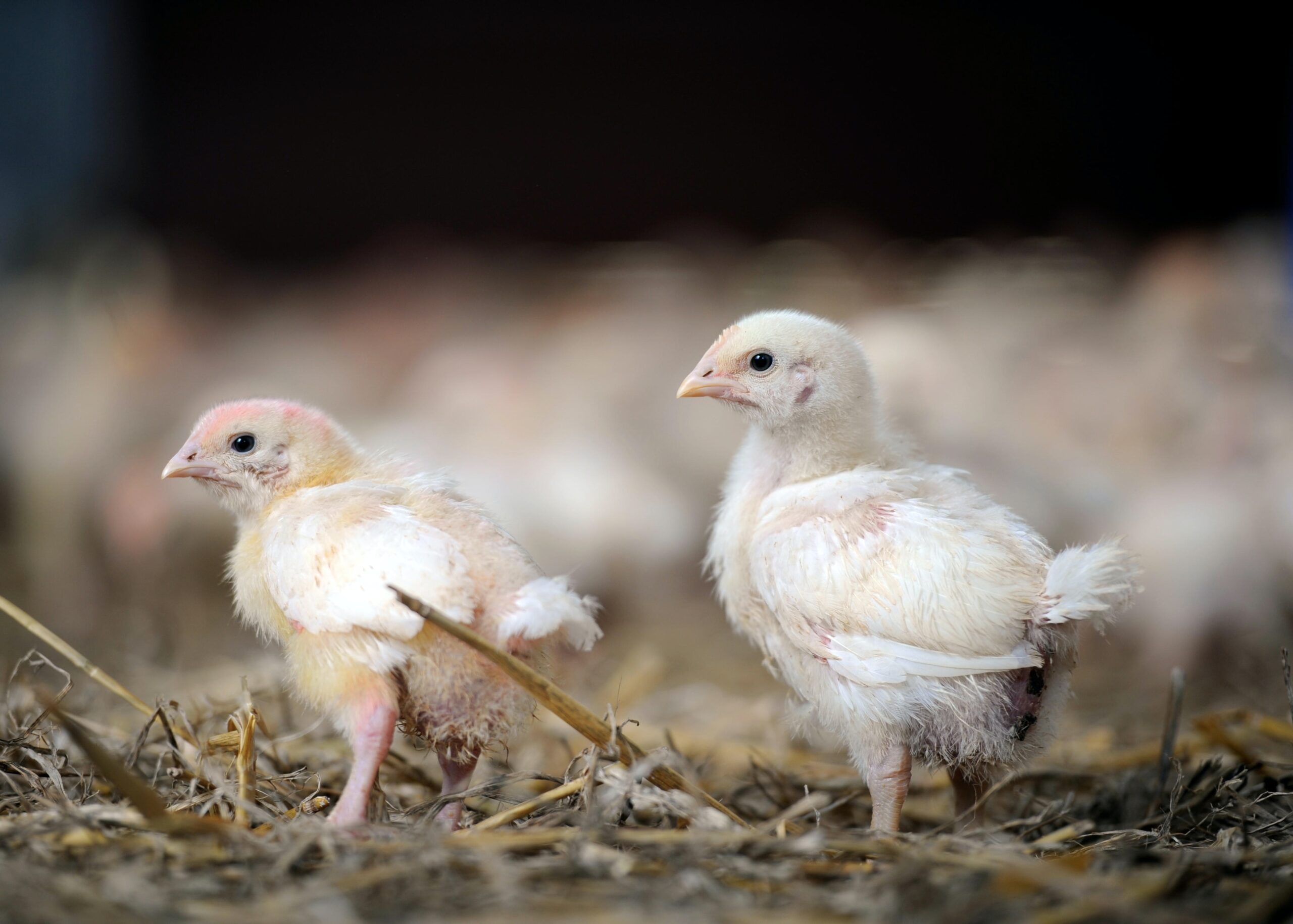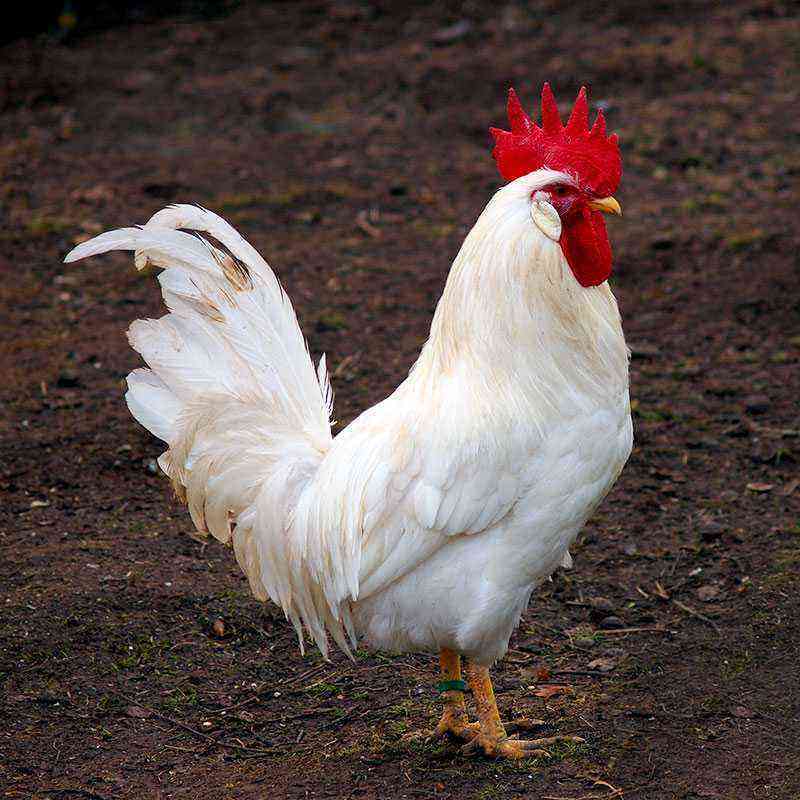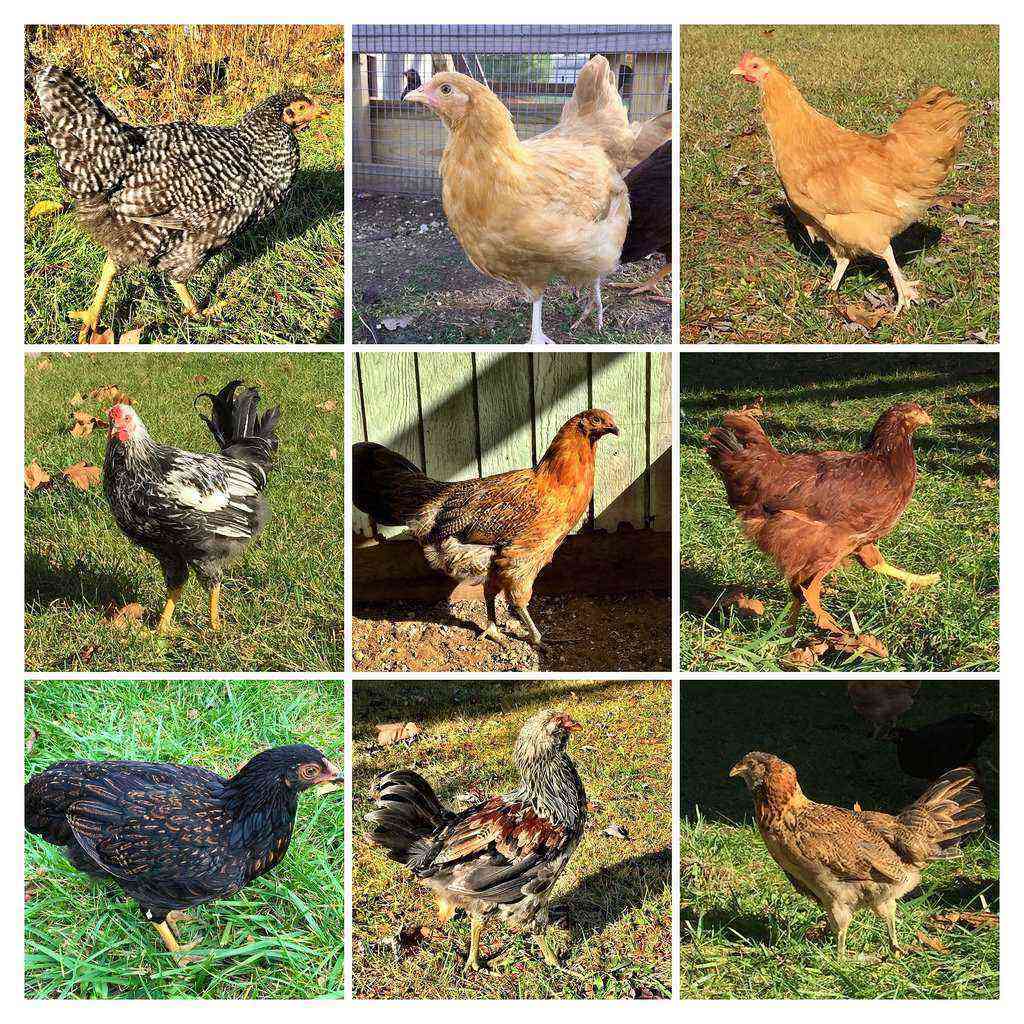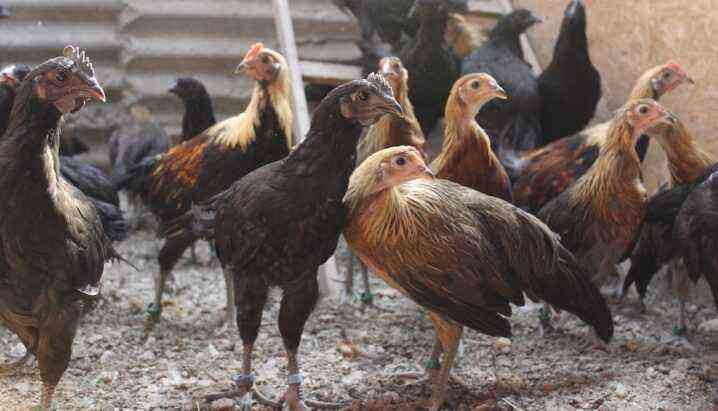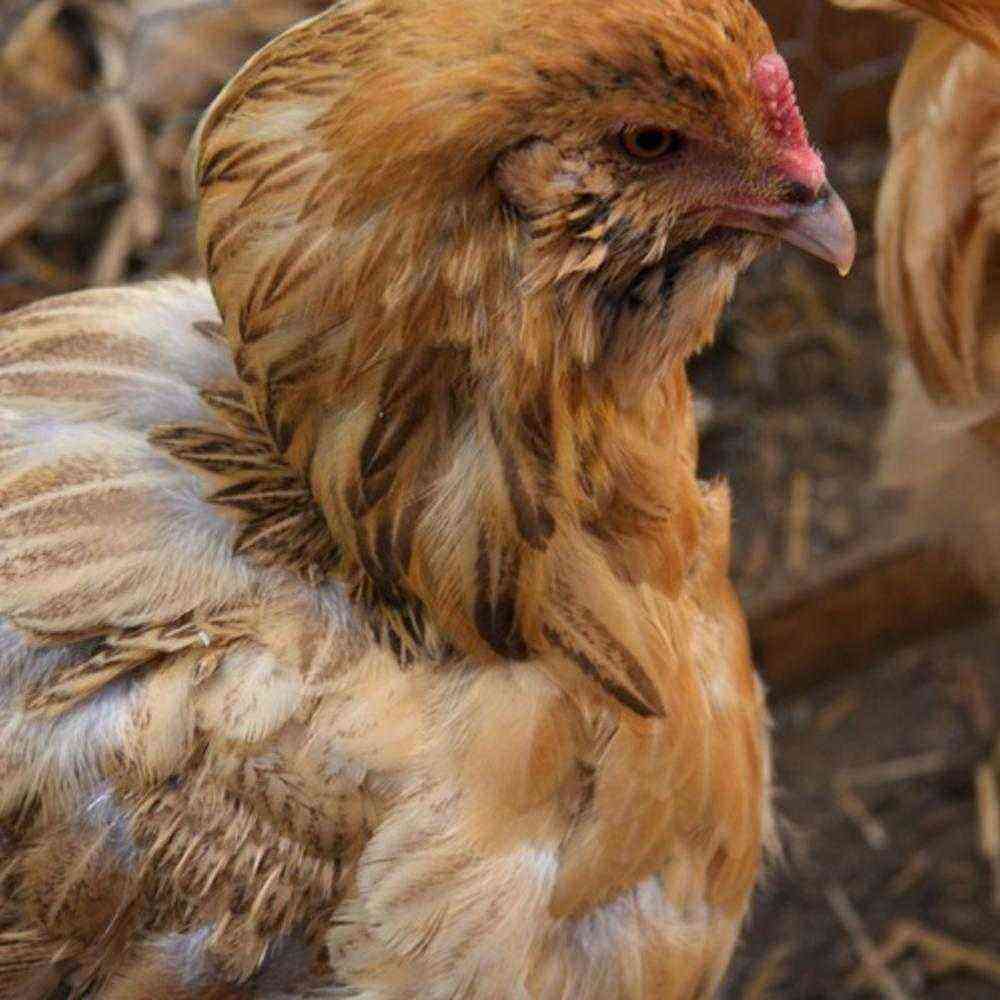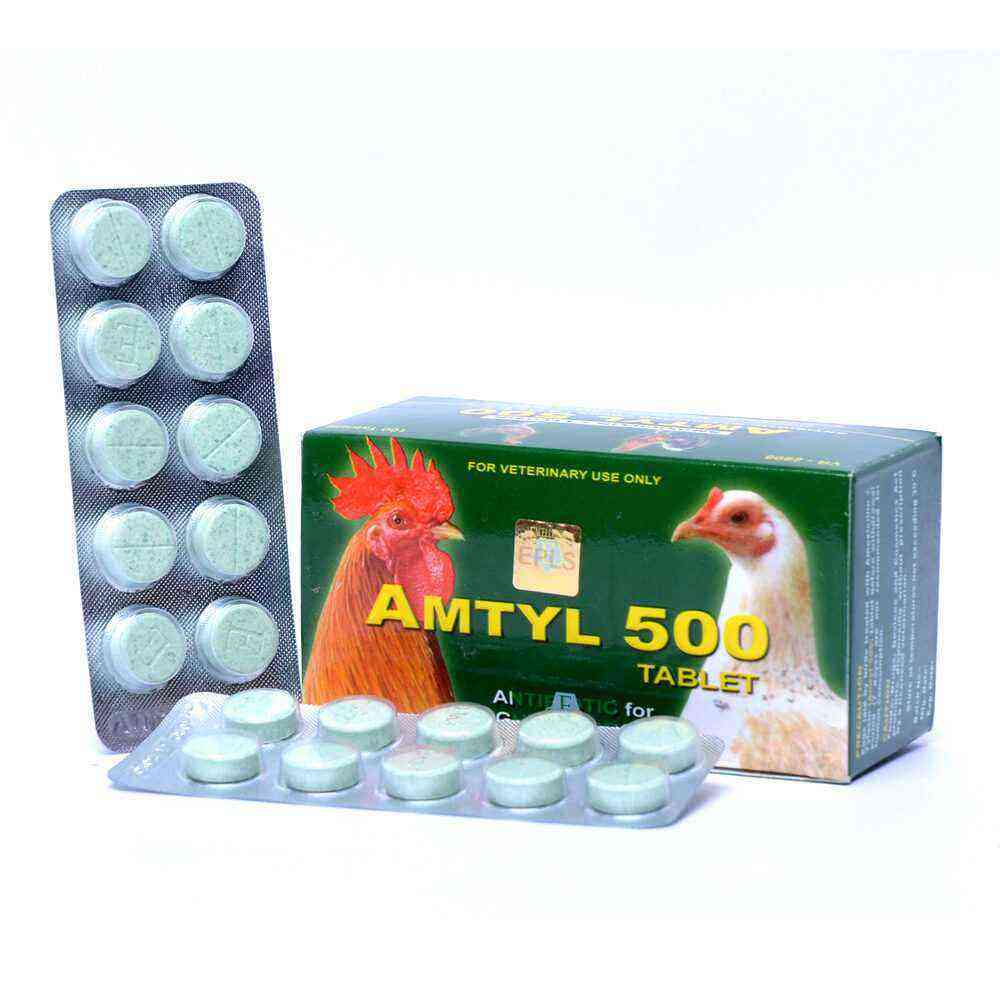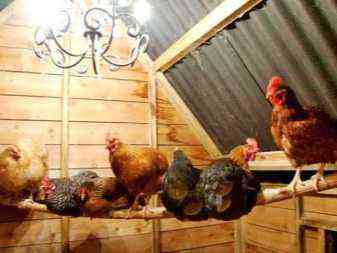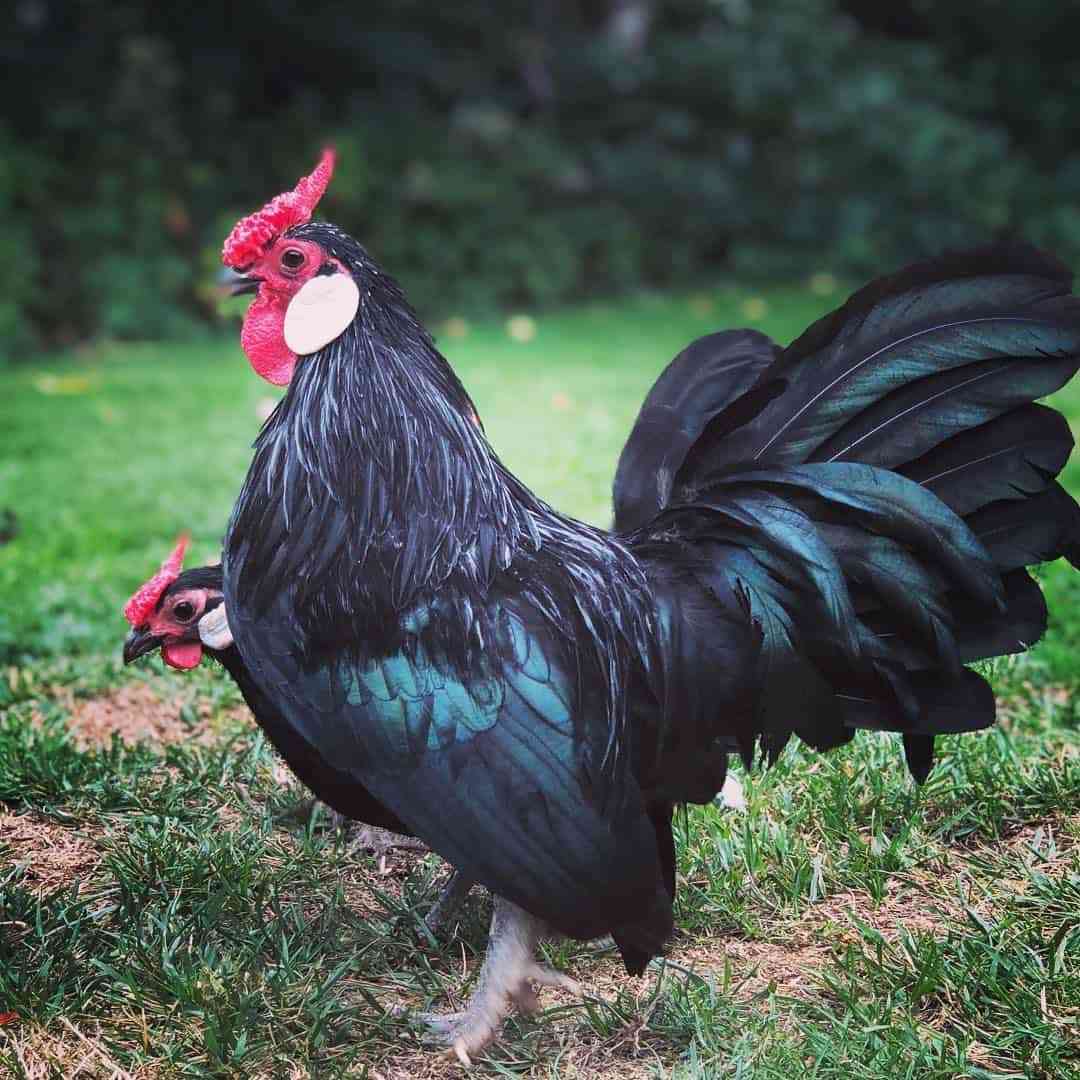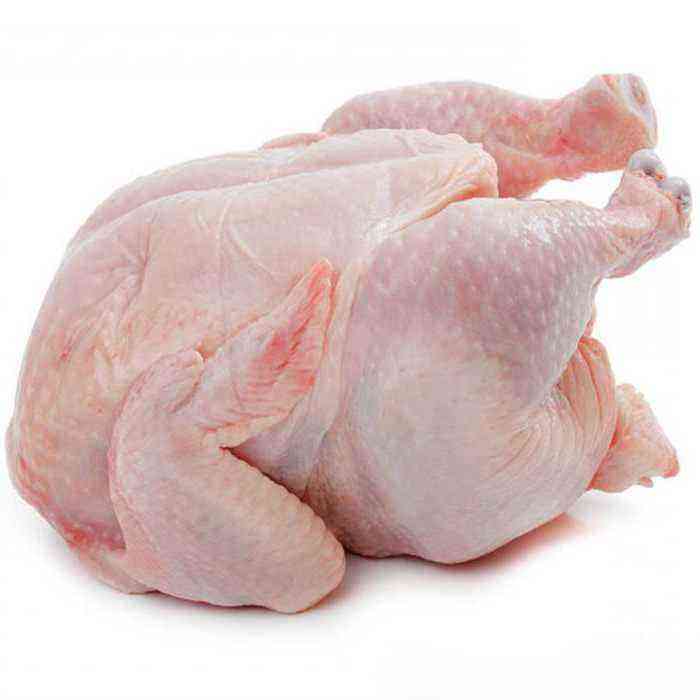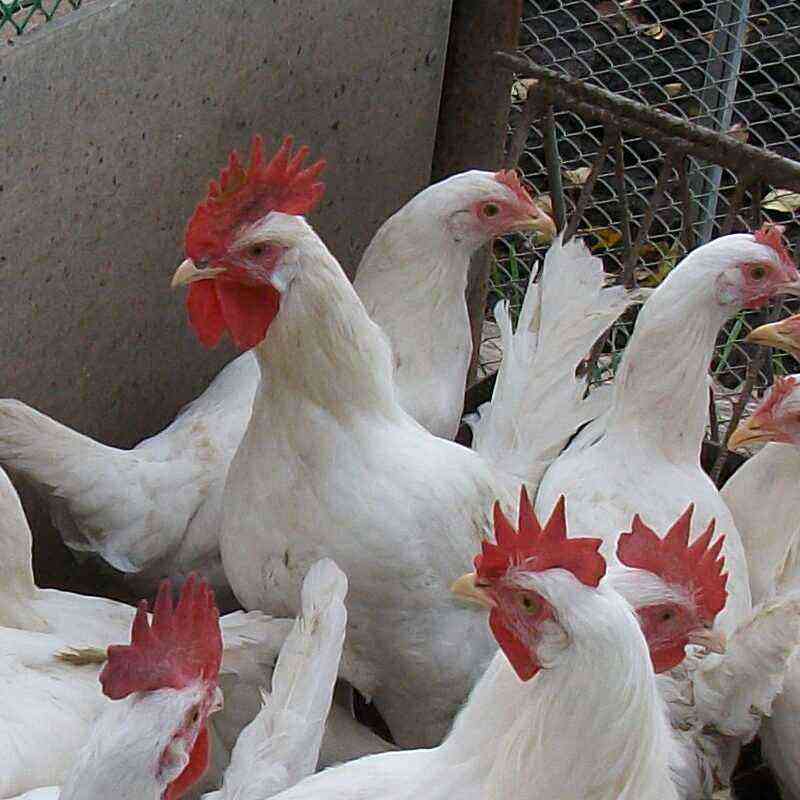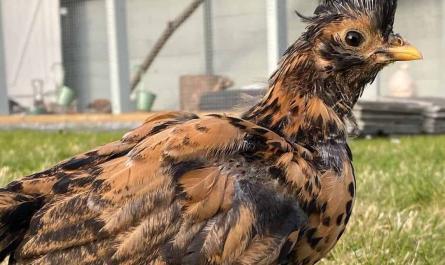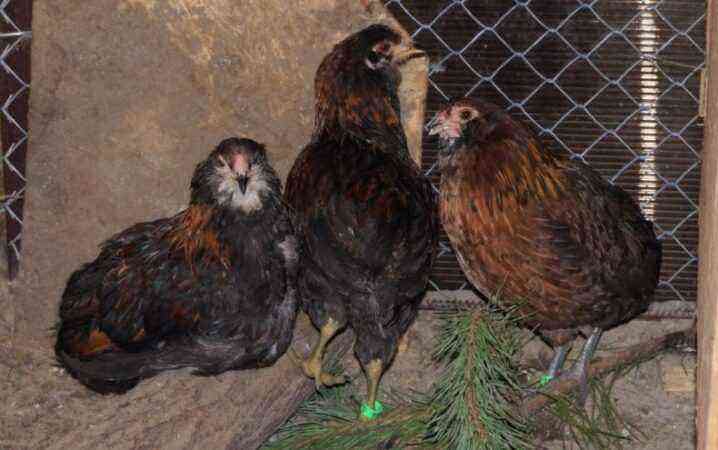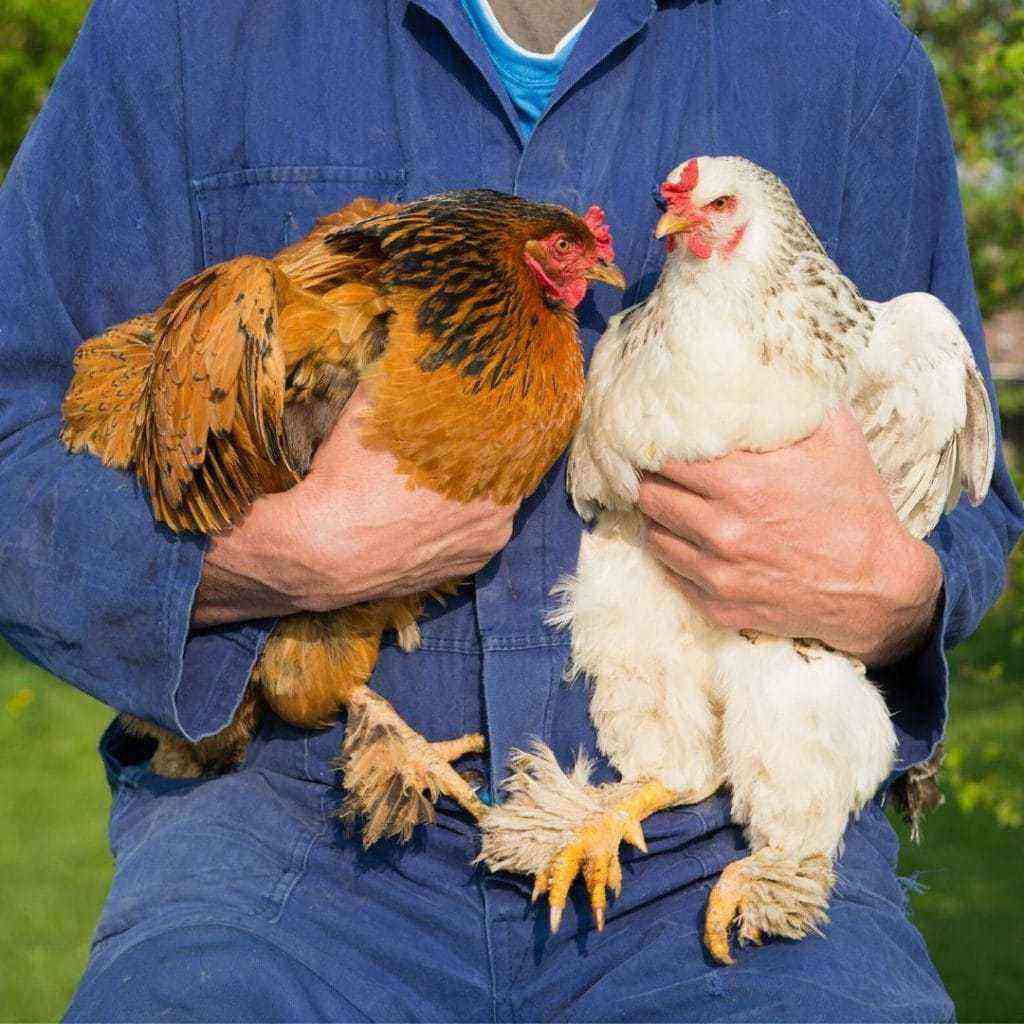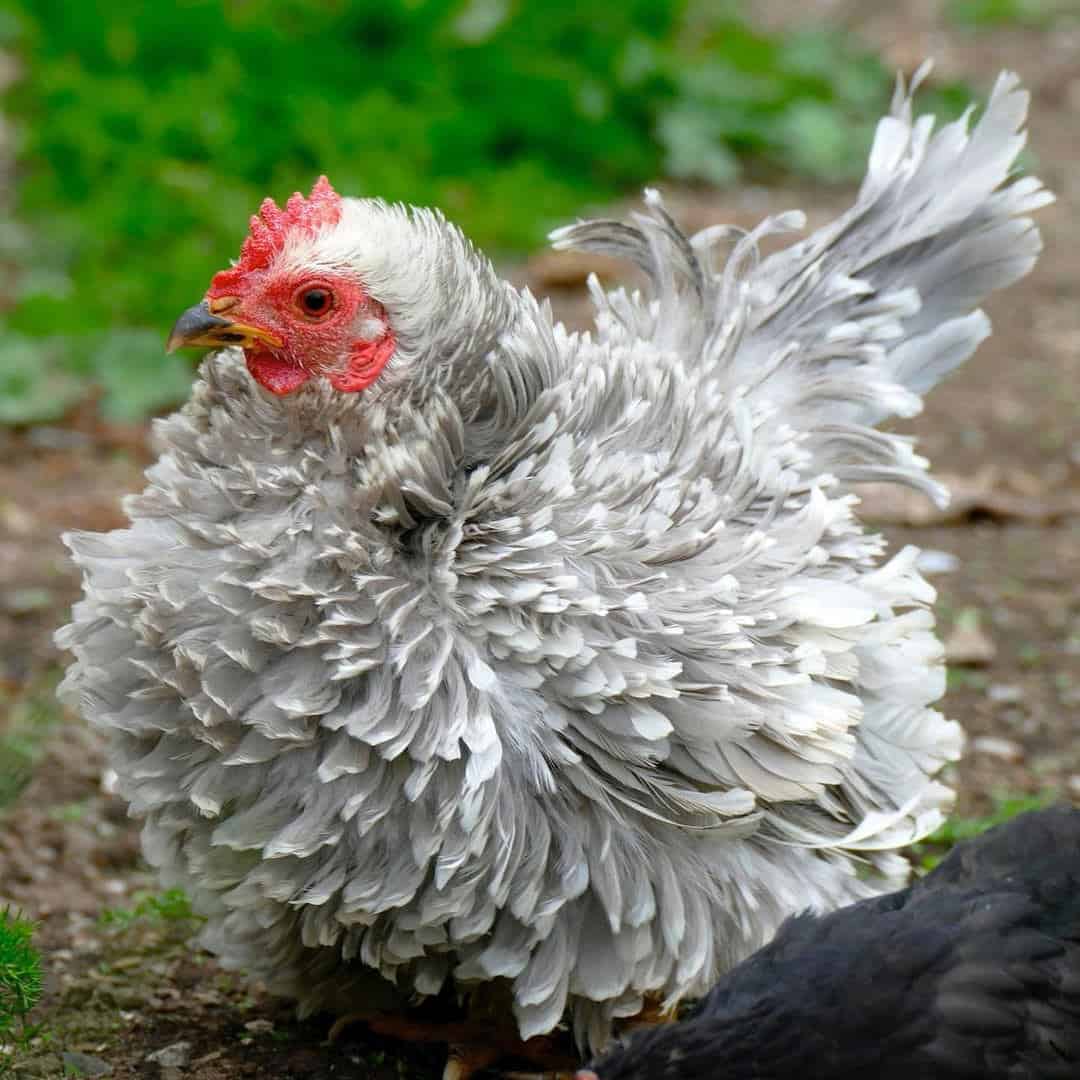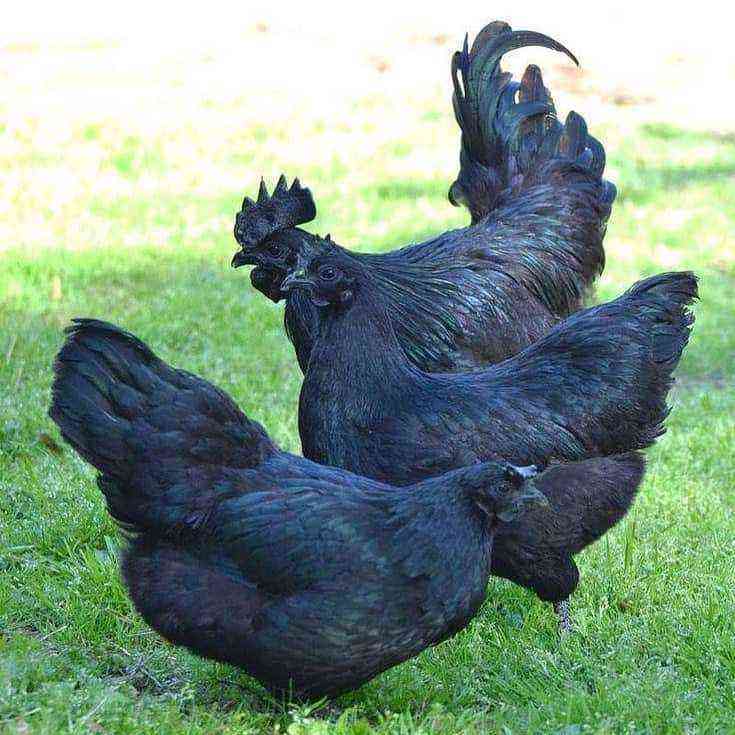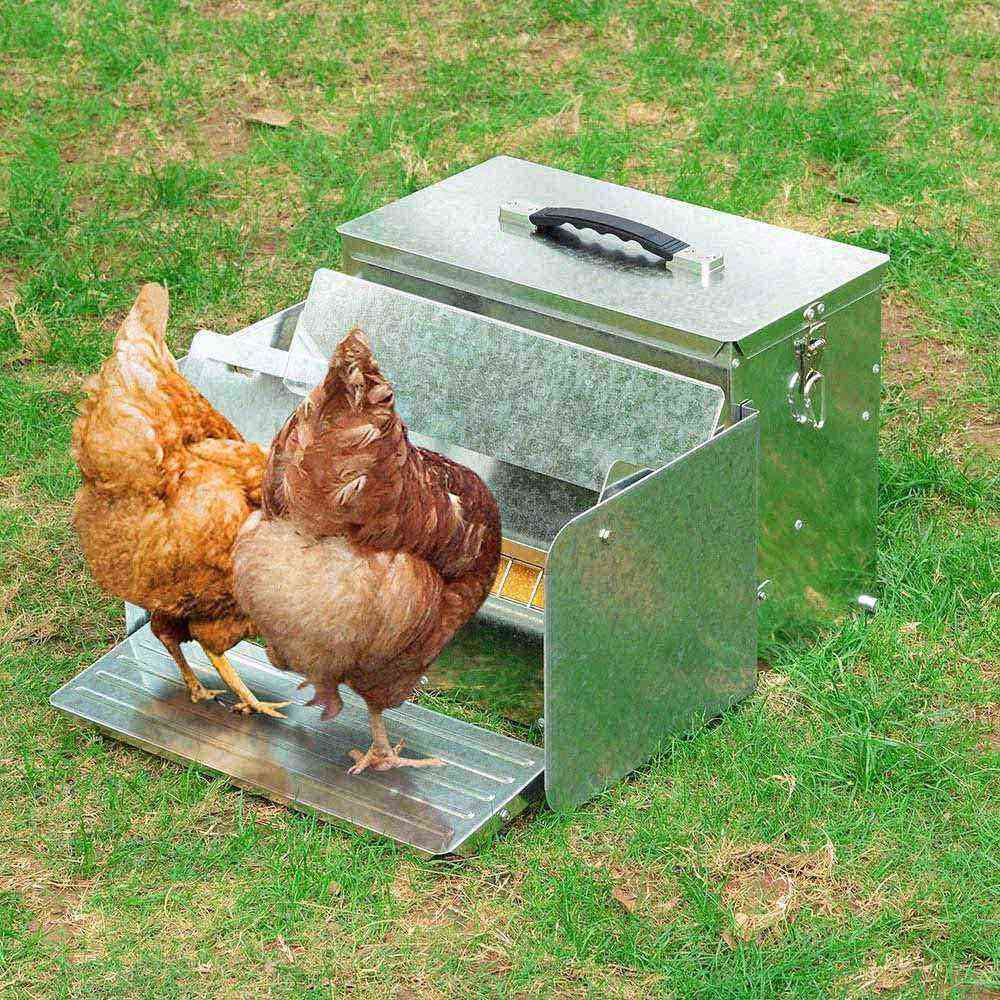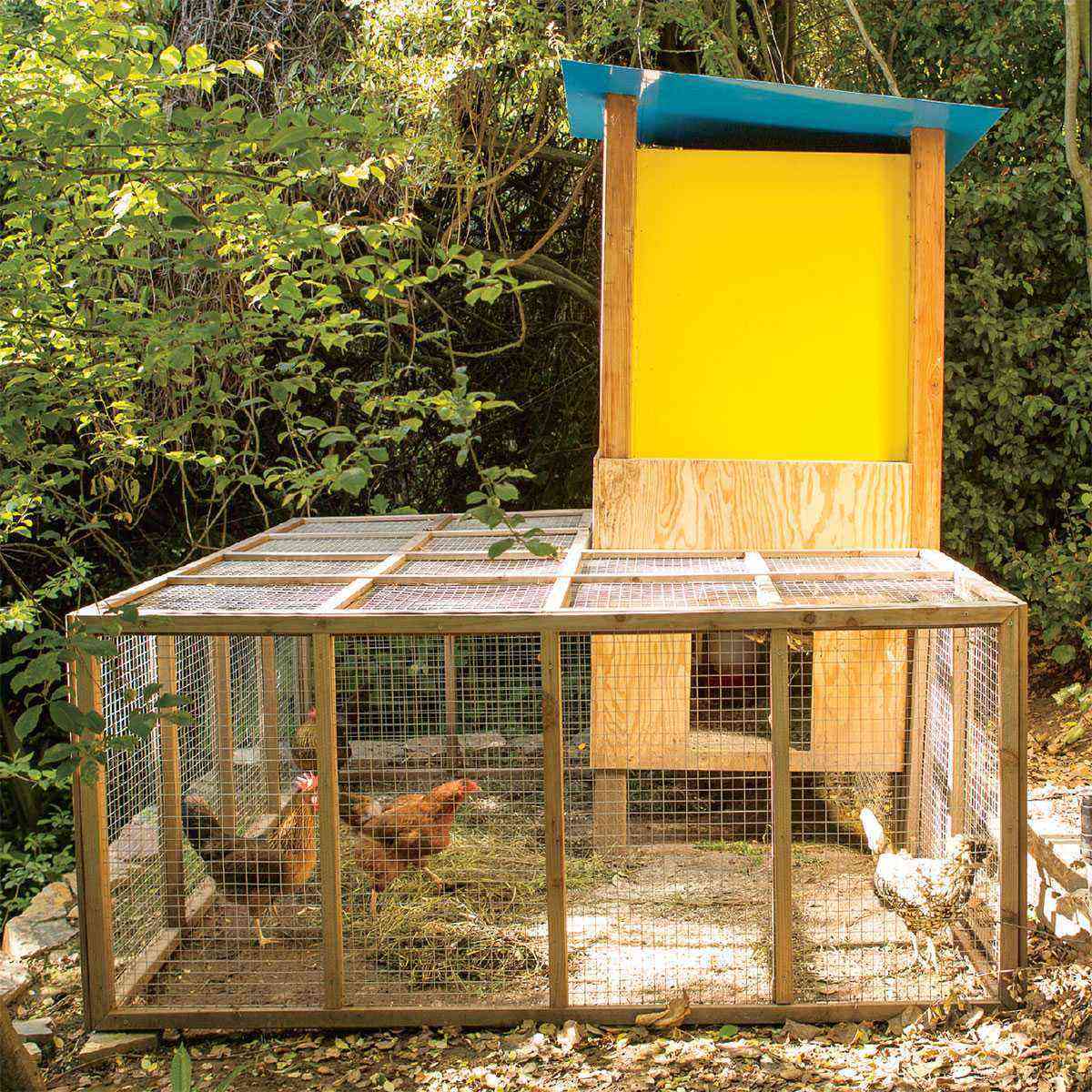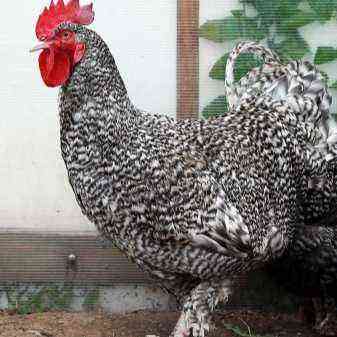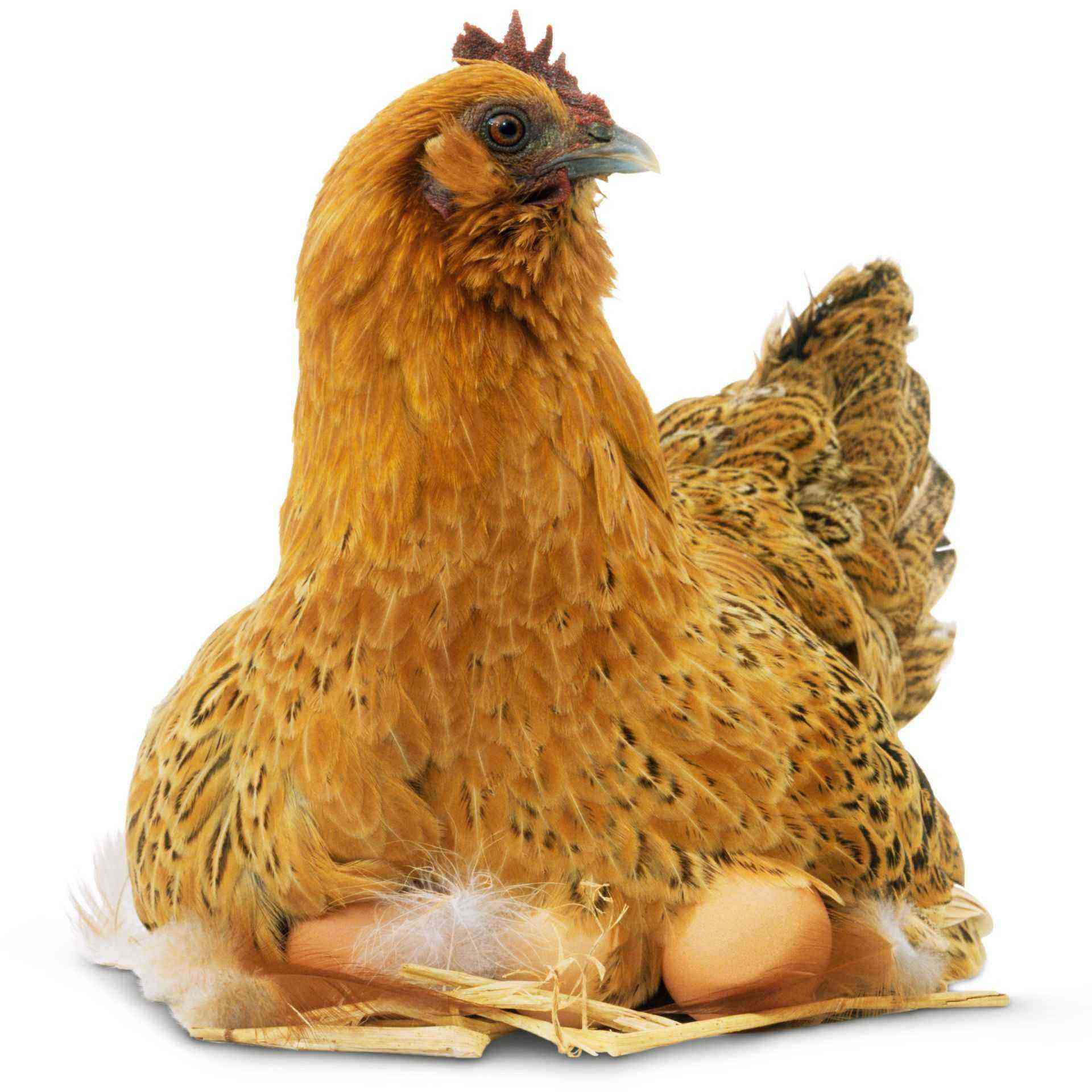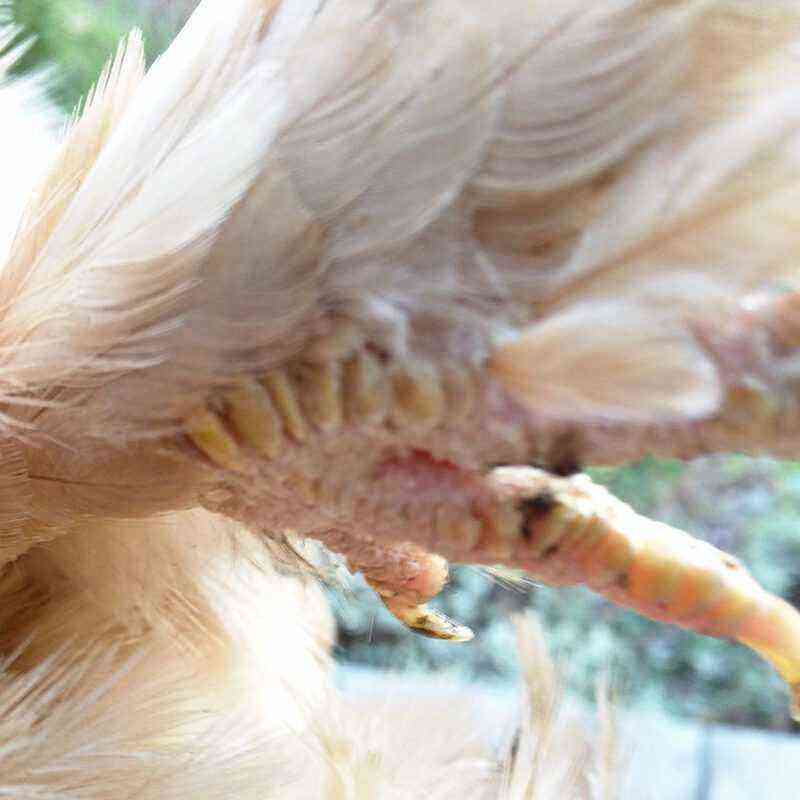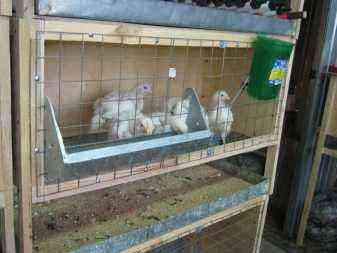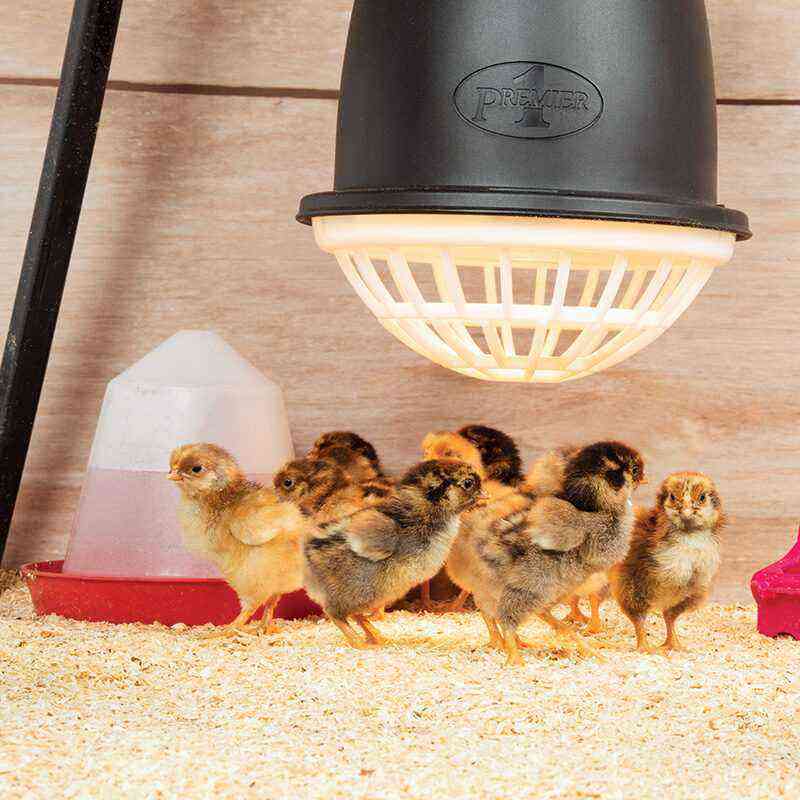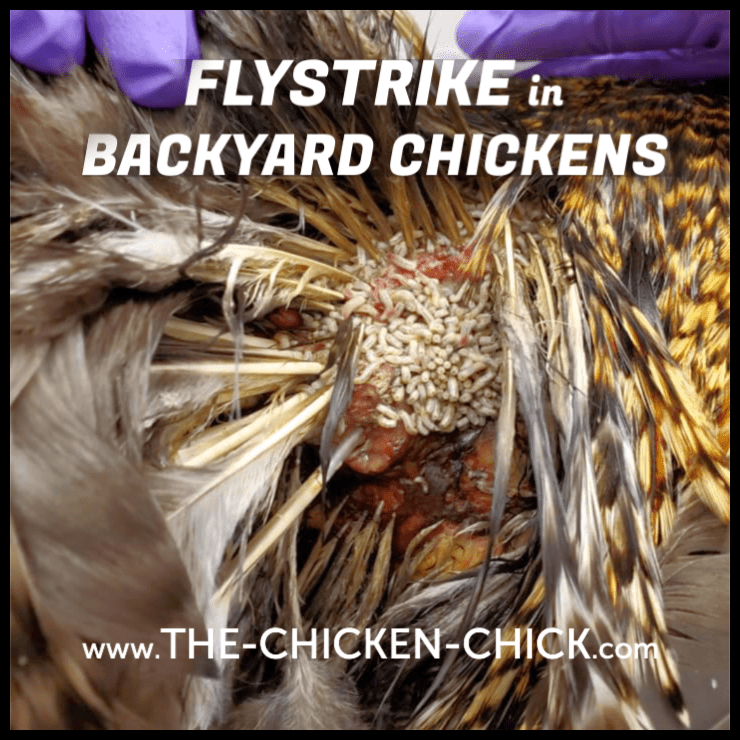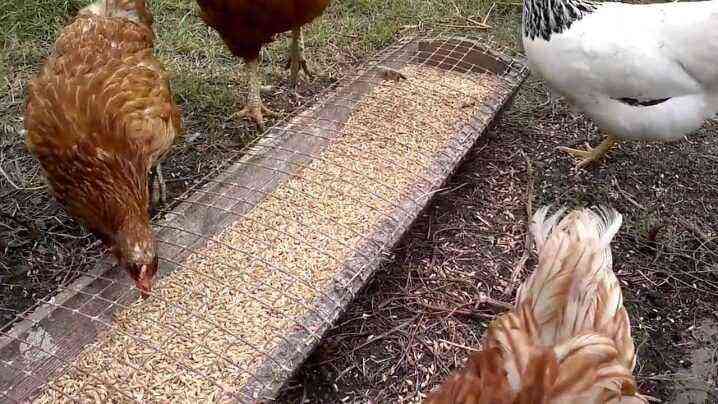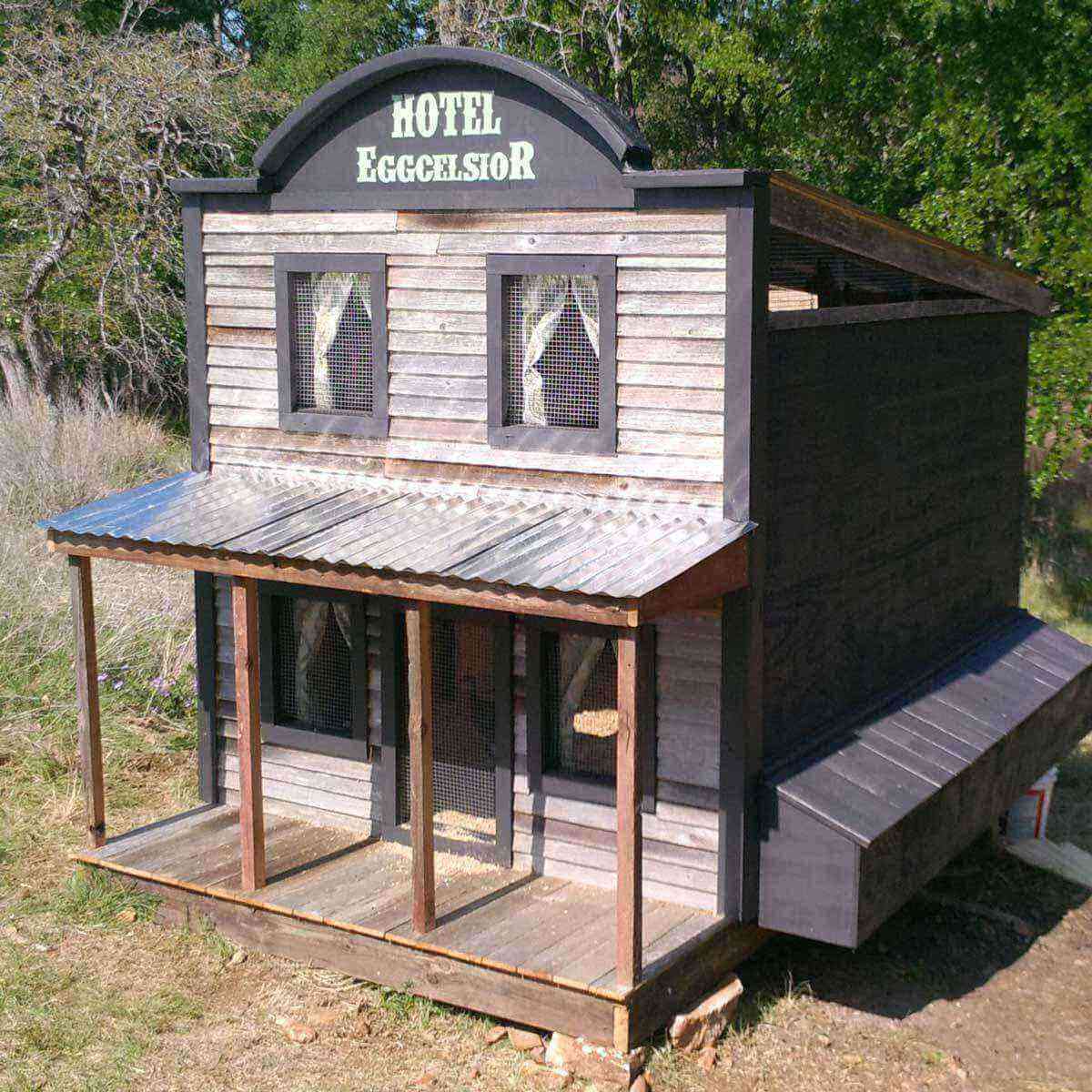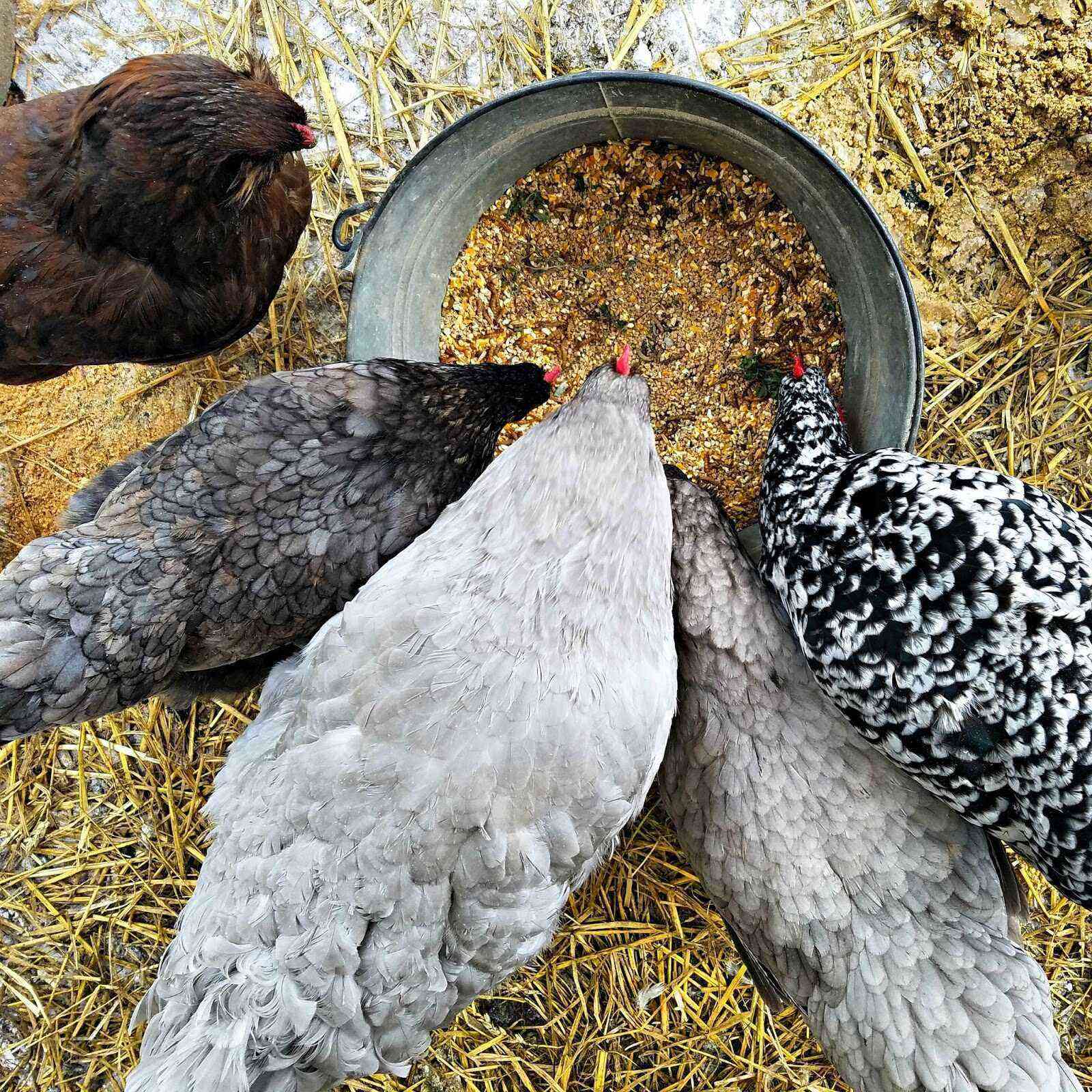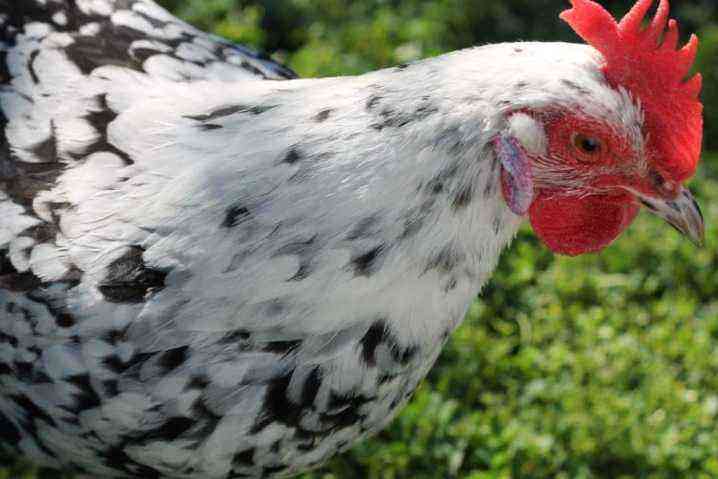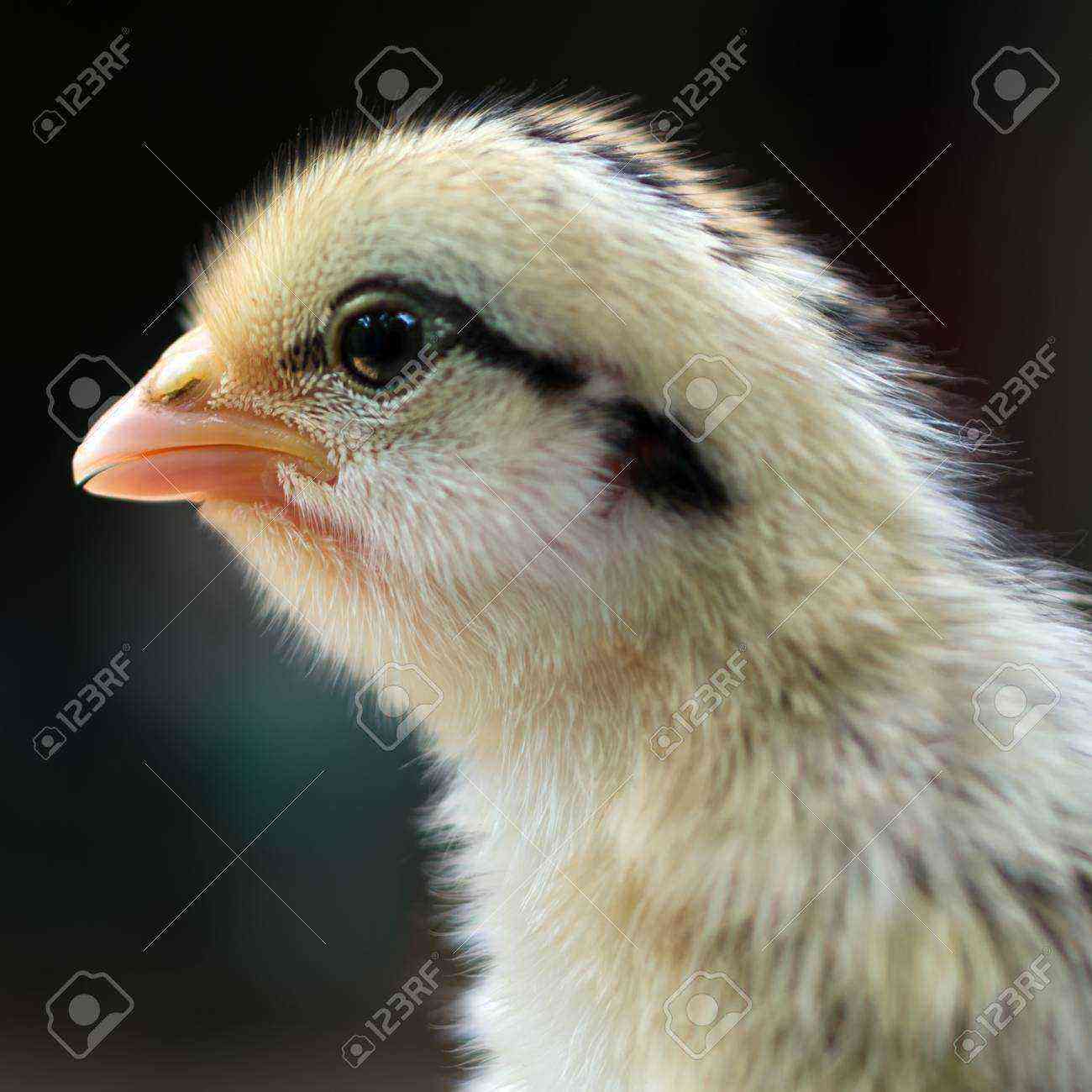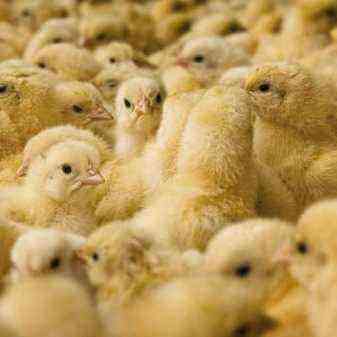Among the numerous breeds of chickens, British chickens are also very popular with amateur poultry farmers. They belong to the meat and egg direction of productivity. In the first year, the laying of hens is about 180 eggs, the average weight of which is 60 grams. Adult chickens reach a weight of two and a half kilograms, roosters gain up to four kilograms of live weight. The color of the plumage of British chickens can be varied. Feathers are soft, silky, they are rather weak.
Before buying these feathered pets, you need to carefully take care of their maintenance, prepare the room, create all the necessary conditions for their stay in the chicken coop: equip nests, perches, install feeders and drinkers, etc.
The first few days you need to carefully monitor how the bird eats: whether it eats well, how much it drinks, as well as its well-being, appearance, condition, behavior. When buying British chickens, it is very important to purchase a certain amount of food that the feathered pets ate from the previous “owners” and gradually, after some time, transfer them to their own homemade food.
A sand container should also be placed in the poultry house so that the chickens can “swim” in it, cleaning the feathers and body from insects and parasites.
For the first two days, British chickens need to be given sedatives so that they can more easily endure changes and get used to new conditions. Also, at first, feathered pets must be placed separately from the rest of the livestock. And only when the bird gets used to the new owner and the new environment, it can be transferred to the chicken coop to the hens of the appropriate age.
British chickens should be fed twice a day. The first time in the morning, at seven or eight o’clock, and the second time at three or four in the afternoon. At night, a little grain is poured into the feeders, and fresh water is poured into the drinkers.
In order for the bird to be strong, healthy and productive, it is necessary to constantly monitor its well-being, how they eat, and also provide appropriate conditions for keeping: temperature, humidity, ventilation in the hen house and much more.
